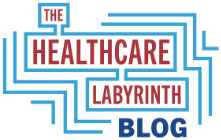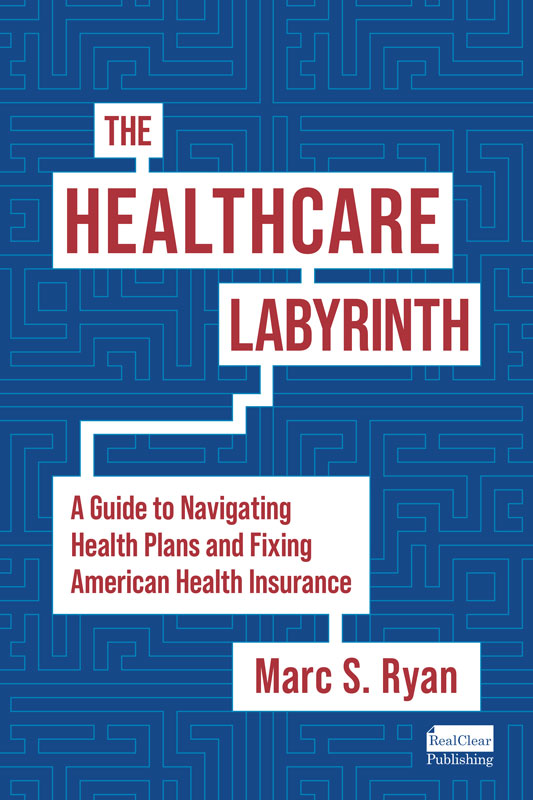Program audits will get tougher and tougher for Special Needs Plans
In my last blog on 9/25/2025 here ( https://www.healthcarelabyrinth.com/the-meteoric-growth-of-special-needs-plans-snps/ ) I discussed the meteoric rise in Special Needs Plan (SNP) growth, why plans are investing here, and why executives have to be watching out for pitfalls. One of them clearly is the growing compliance, regulatory, and program audit environment. I promised an overview of the maturing SNP program audit regulatory environment.
A few quick points:
- Program audits are about both meeting Centers for Medicare and Medicaid Services (CMS) program audit requirements and meeting your filed Model of Care (MOC).
- For Dual Eligible SNPs (D-SNPs), you also have regulatory requirements within state contracts. These emanate from new rules requiring integration with the state Medicaid program. Integration comes in several forms — loose coordination, more robust coordination, integration, strong integration, and full (or near full) integration. In these levels, compliance requirements become tougher and tougher.
- The audit protocols are still emerging. I remember working with friends at a plan down in Puerto Rico in the mid-2010s who were a bit of a test case on SNP regulation. The plan and a handful of others helped CMS with the emerging program audit requirements. CMS continues to use forward-looking plans to set their protocols. And each year more ideas are tested and eventually put into the protocols.
Emerging trends:
Back some time ago, CMS concentrated on whether a health risk assessment (HRA) was complete and a care plan issued. These two tests were very much the focus of CMS’ regulatory and audit tests. But CMS has now gone far beyond these simple tests. That is not to say these are not important – they are. A plan can miserably fail and audit without them. But these have now become table stakes in an audit and are very much tested before the audit begins. CMS is using audits now for far more complex requirements. CMS is now looking at the following:
- Are care plans issued even if robust outreach fails to reach a member and do these care plans identify potential problems, goals, and interventions based on what is known about the individual?
- Do individualized care plans (ICPs) effectively help manage all problems identified in the HRA? Are these goals actionable and remediated in a reasonable timeframe?
- Are there effective interdisciplinary care teams (ICTs) established with ongoing communication of member status, risks, and changes?
- Are plans identifying risk changes and intervening in care transitions between required HRAs? Are they then reassessing individuals and identifying new problems and interventions? Are successful closeouts of such interventions documented?
- Is there integration of the SNP clinical oversight process with broader clinical programs at the plan level?
Where do plans go wrong?
Based on recent audits and other trends identified, here are big areas where plans tend to go wrong:
- Low HRA completion rates. The latest Star results seem to show that some lower-performing plans are having trouble keeping up with assessment requirements as enrollment grows.
- Lack of ICPs and ICTs for every member. Many plans struggle with ICTs given clinical infrastructure. Based on risk, an ICT could be as small as the plan, member, and primary care provider. For higher risk individuals, a medical specialist, behavioral health provider, or social worker may be added. Focus complex ICTs on the highest risk individuals.
- Lack of interim assessments and intervention when changes in risk, status, or care transitions happen.
- Lack of effective documentation of activities, including problems, goals, interventions, and ICT activities.
- Lack of clear, relevant, and actionable goals and interventions.
- Not addressing every problem identified during the HRA process, including not focusing on socio-economic barriers.
- Member or caregiver input into care plans. This should be documented at the time of the HRA and on an ongoing basis.
- All SNP plans must provide face-to-face encounters between each enrollee and a member of the enrollee’s interdisciplinary team or the plan’s case management and coordination staff on at least an annual basis.
Best practices
A great deal of thought and collaboration across the health plan enterprise goes into effective clinical management over SNP populations. But here are some key best practices for success:
- Multi-modal outreach for HRAs.
- Outreach on as many as ten occasions on different days and at different times to reach member for assessments. As well, involve providers in obtaining or conducting HRAs.
- Boost your assessment rates by making sure your care transitions assessment meets all the required HRA domains.
- Solicit input from the member or caregiver for the care plan. Include prioritization of problems and interventions as well as self-managed and self-directed care when applicable. Ensure all problems identified are addressed in the care plan on a prioritized basis.
- Even if there is no HRA completed, issue a care plan for every member based on what you know of the member. One goal in the care plan for the unassessed member should be a completed HRA.
- While the risk of the member should be derived from the HRA, use other methods of risk stratification to identify changes in health status and interventions between required HRAs. Ensure interim assessments are completed in this case.
- Ensure socio-economic barriers are discussed in your HRA and problems are addressed. Ensure members’ language preferences are considered.
- Use technology to ensure ICTs receive updates, critical information, and next steps required. Documentation of activities is key.
- Set reasonable timeframes for fulfillment of interventions and goals.
- Ensure the SNP activities are integrated with the wide clinical enterprise, including education, care transitions, and related activities. Take credit and document in your SNP case documentation all these activities and engagement of members.
The next frontier
As I said, CMS is constantly refining what they want to see from health plans with regard to SNPs. CMS increasingly is raising what technology-based strategies plans are using to further the overall goals of SNP clinical management excellence. CMS sees the increased use of technology as a dynamic and cost-effective way to identify problems and risks as well as undertake intervention strategies. CMS wants claims/encounters, medication history, diagnoses, risk stratification, care gaps and more used as part of the care plan and clinical intervention strategies.
More information
Contact me at https://healthcarelabyrinth.com for an overview of recent regulatory changes impacting SNPs, audit findings, and more best practices. As well, I will give you an audit preparation document for a SNP program audit.
#medicareadvantage #compliance #regulations #specialneedsplans #snps
— Marc S. Ryan





